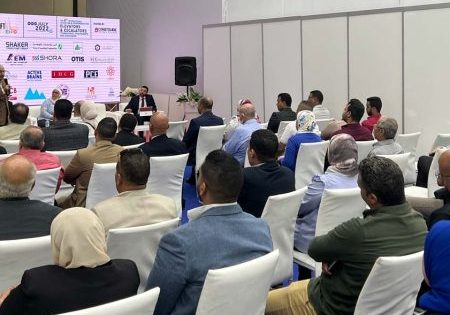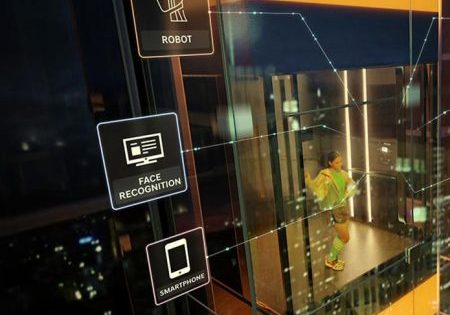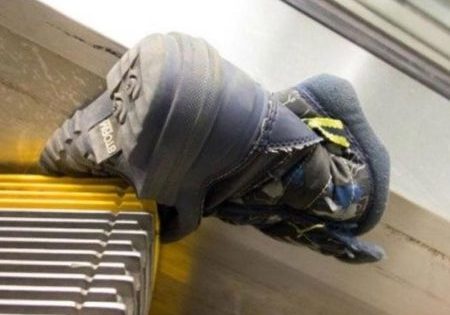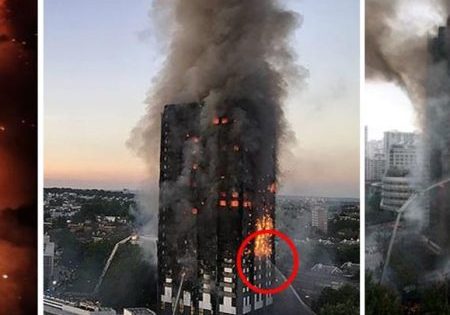Some Opinions Stated During The Panel On ‘Status Of Lifts In Buildings During Earthquake And Fire’
Sep 2, 2022

The team that prepare the communiqué ‘ADDITIONAL LIFT SCENARIOS SUGGESTED FOR EMERGENCIES AT SUPER HIGH-RISE BUILDINGS Yağızcan Ölmez, M.Fatih Arıcan, Pelin İspir Eserol, Serdar Tavaslıoğlu’ carried out studies to improve security by taking additional measurements at an existing high-rise building. It is obvious that the security and accessibility is increased through the measures taken. However, there were numerous estimable speakers at the panel, who further expanded the window through different perspectives regarding the issues. Therefore, I deemed it suitable to include certain aspects of the speeches at the panel into the final section of this article. This section includes the remarks discussed during the panel apart from the team preparing the communiqué and is composed of the opinions of certain speakers. It is not binding for everyone.
- The fire department is not based on external intervention in high-rise buildings since external glasses that are resistant to environmental effects are used in high-rise buildings. It is not easy to break these glasses and clean the frame. Moreover, there is almost no possibility of evacuation from those stairs because it is quite difficult to take people on the stairs and not possible to move them at that height. For the fire department, fire should be responded from inside the building from. Since the emergency lift is used by the fire department during the fire, there are separate evacuation lifts in the pressurized wells which have the same qualifications. The evacuation of the elderly, sick and disabled people on the upper floors should be provided by these lifts. This is stated in the emergency lift article. However, it is subject to interpretations as being open-ended.
‘ARTICLE 63- (1) emergency lift is established in order to ensure that the teams of fire responders and the equipment they use travel to the upper and lower floors of a building within reasonable security measures, to perform the necessary rescue processes, and to evacuate disabled people.’
For this, lifts that can be used for pressurization and evacuation in a second well are important.
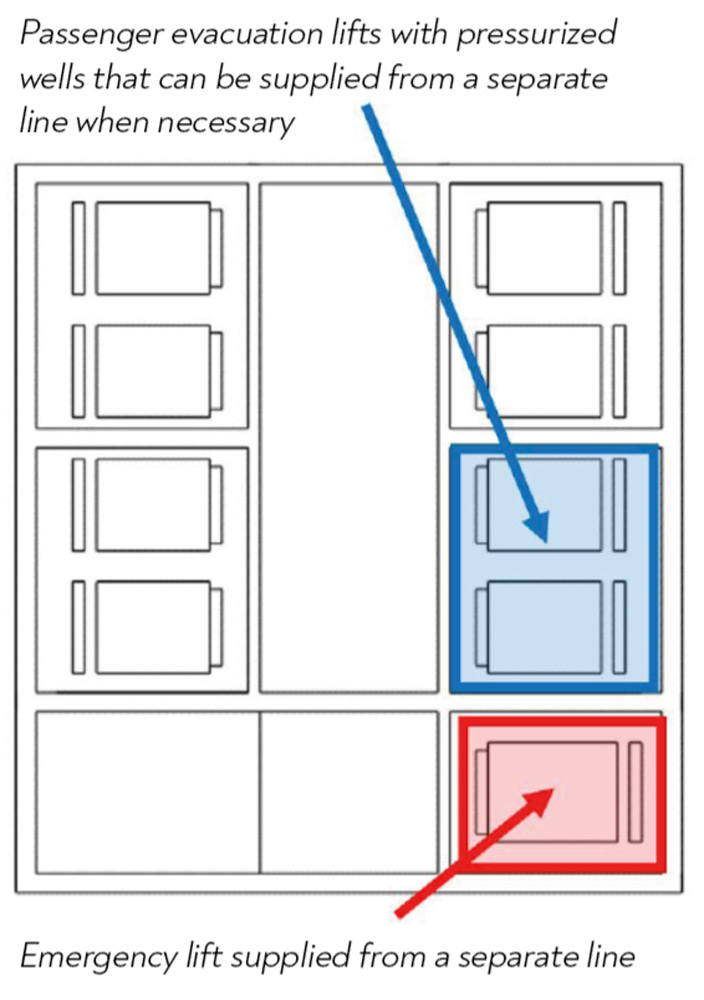
- In many European countries, the high-rise building limit starts at 14 m in England, 22 m in Germany and the highest acceptance is 25 m in Belgium. In the U.S., the National Fire Protection Association defines a high-rise building as being more than 75 feet (23 m) high, or approximately 7 stories. They decide number of emergency lifts to be built on the next floors according to the building density. In addition, the construction of evacuation lifts is mandatory. In our country, it does not seem right that this limit starts from 51.50 ms. One emergency lift is required after 24 m in Singapore, and a second emergency lift after 60 m in New Zealand (even if the density is sufficient). In this way, a bi-centric rescue is designed. Fires in very high-rise buildings usually progresses from one side of the building. In such buildings, at least two emergency lifts placed around the core can be made mandatory instead of using a single core emergency lift. Thus, while firefighters are responding to the fire, evacuation can be done on the other side. In buildings without such evacuation scenarios, it is inevitable to be stuck in any emergency.
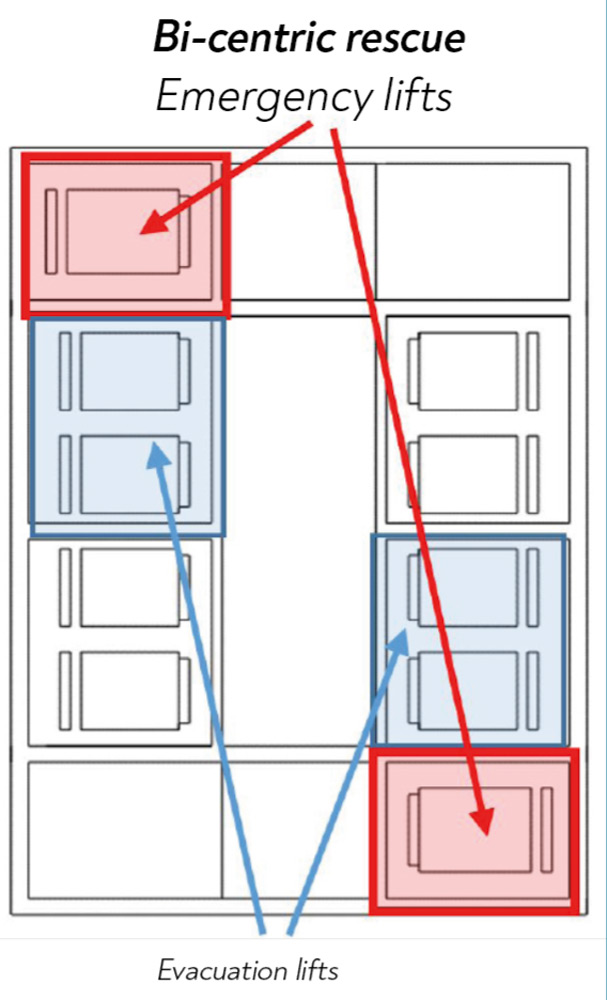
- Emergency lifts or good lifts should be located in such a way that ambulances and transport vehicles can easily approach and reach for the transport of the injured and goods. Emergency lifts should be able to be used in emergencies at normal times. Evacuation from the building should not only be considered for fire and earthquake situations. Ambulance should be able to approach in front of emergency lifts, stretcher movements should be easy and casualty evacuation should be carried out. If the good lift in the building is not suitable for carrying stretchers, emergency lifts should be built in sizes suitable for such purposes. It should not be forgotten that the notion of disability covers all the elderly, sick and injured, and it should be taken into account that everyone can become disabled at any point of their normal lifetime.
- High-rise building restrictions should be reviewed. Emergency and evacuation lifts between 9 floors and 20 floors (27 mt – 60 mt) should be mandatory and extra measures such as determining additional emergency and evacuation lifts -according to density as very high floors- should be introduced in buildings with floors above these. Such buildings should not have transportation and access problems. It is not possible to reach the building in many fire cases. There are problems during the fire in the buildings that are tried to be responded from the side streets. There should be areas where large fire trucks can pass and ambulances can be accommodated in such buildings.
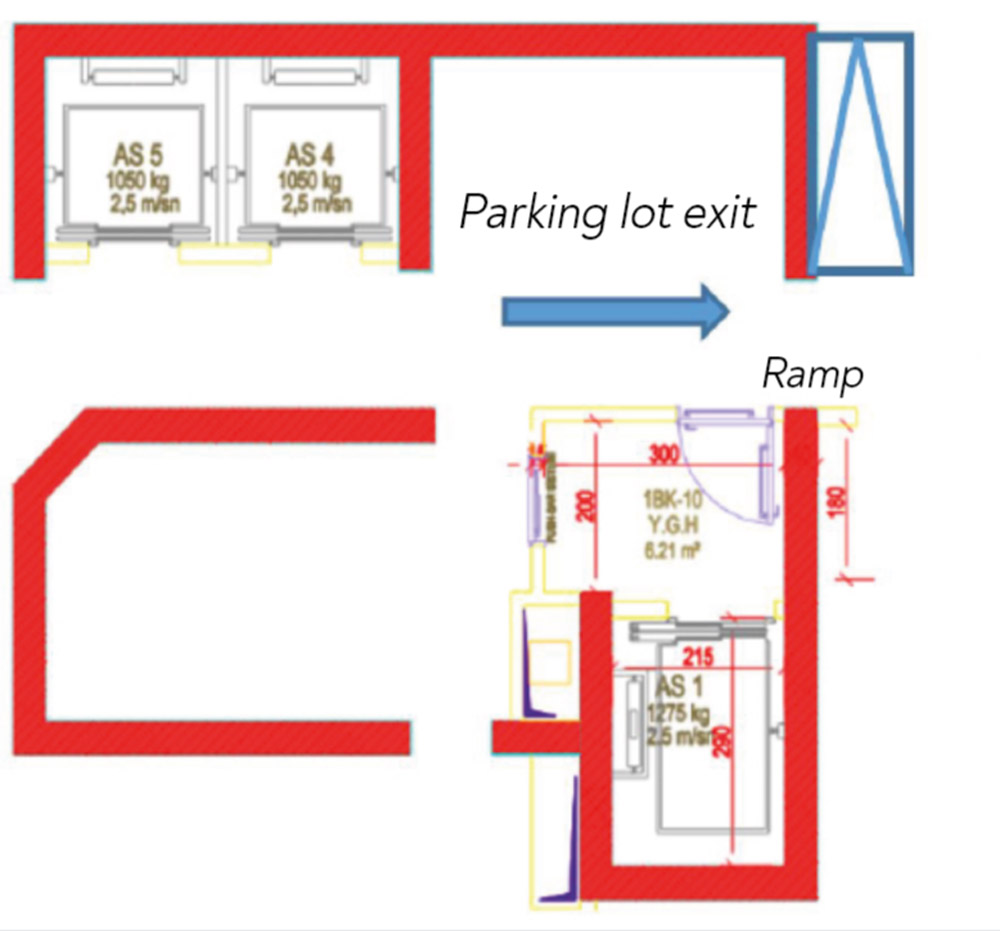
- Measures should be taken against earthquake. The conditions of TS EN 81-77 Seismic Lifts standard should be executed and it should be ensured that lifts are more earthquake-resistant. Additional earthquake sensors should be used in different areas of the lifts. This condition should urgently be executed in our country which is an earthquake-prone region. In addition, emergency lifts and evacuation lifts in high-rise and super high-rise buildings should be at a level that can be taken back into service by pre-checking following an earthquake. In these buildings, an opportunity of respond should be created for a fire that may occur following an earthquake and the injuries that may occur in the earthquake.
- Fire and earthquake scenarios should be checked by the authorized institution once a year in high-rise and super high-rise buildings, and it should be ensured that all systems are operating effectively. Building high towers and living in smart buildings should no longer be a risk, they should be safe settlements. The state of the systems in many buildings is not known exactly, and systems that do not work in an emergency may be encountered although there are buildings that conduct the above mentioned studies constantly. Building managements should sensibly dwell upon these issues.
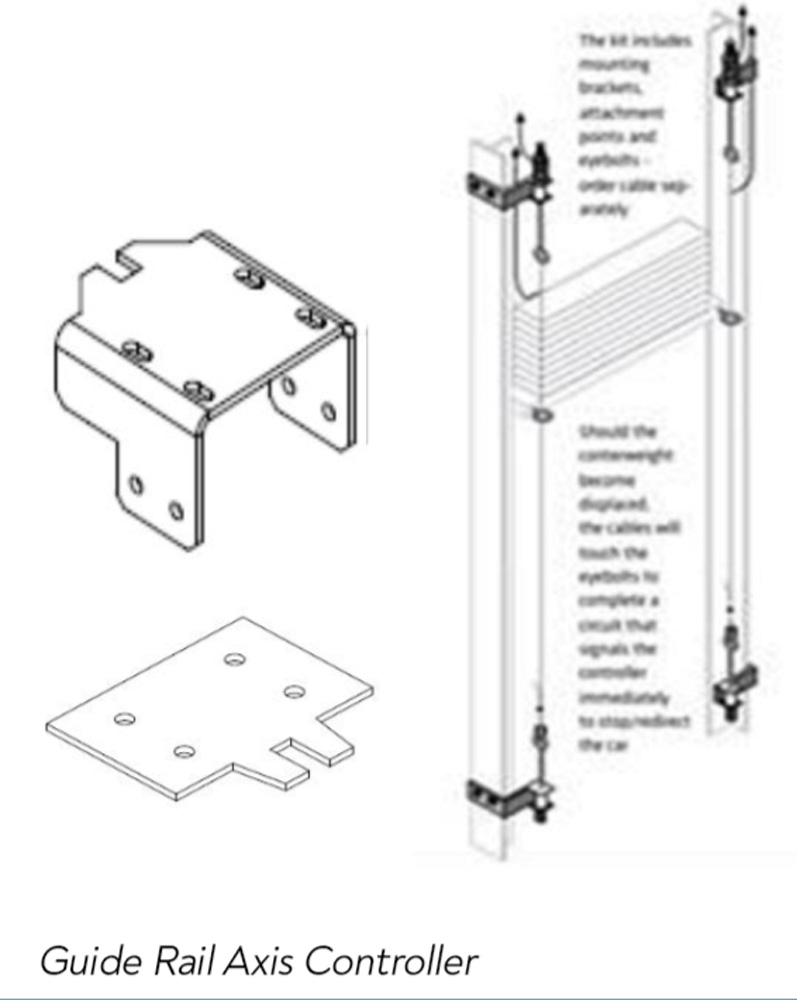
We hope that these issues, which I can present as a summary, will be brought to the agenda in the coming period and the necessary legal arrangements will be made by the authorized institutions. Thus, it will be possible to welcome safer lives in high and super high-rise buildings. The panel can be fully watched from the video presentation on the page of symposium. I would like to thank all the participants of the panel who contributed to the formation of these valuable ideas.
Best regards,
Serdar Tavaslıoğlu
Get more of Elevator World. Sign up for our free e-newsletter.




